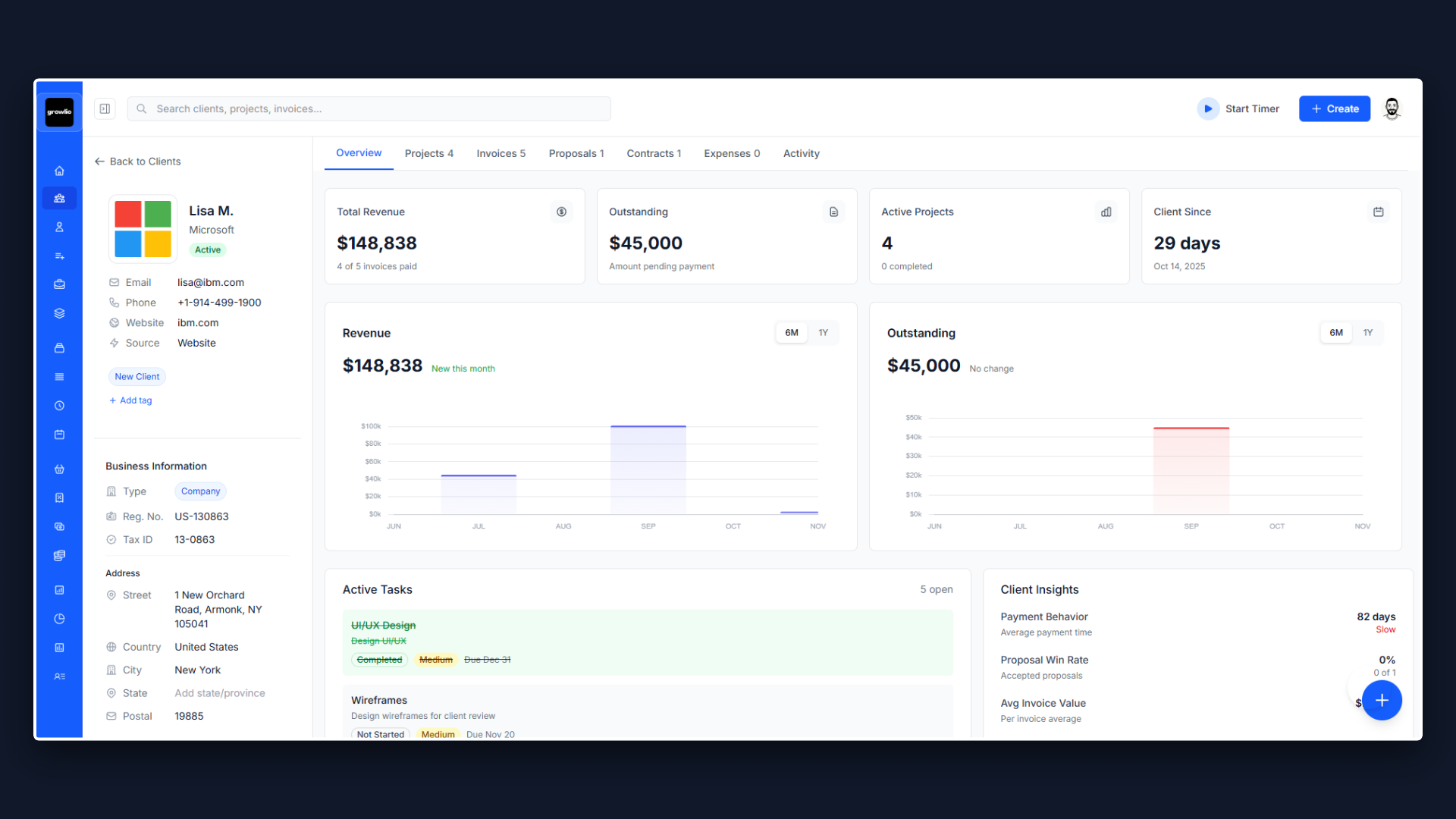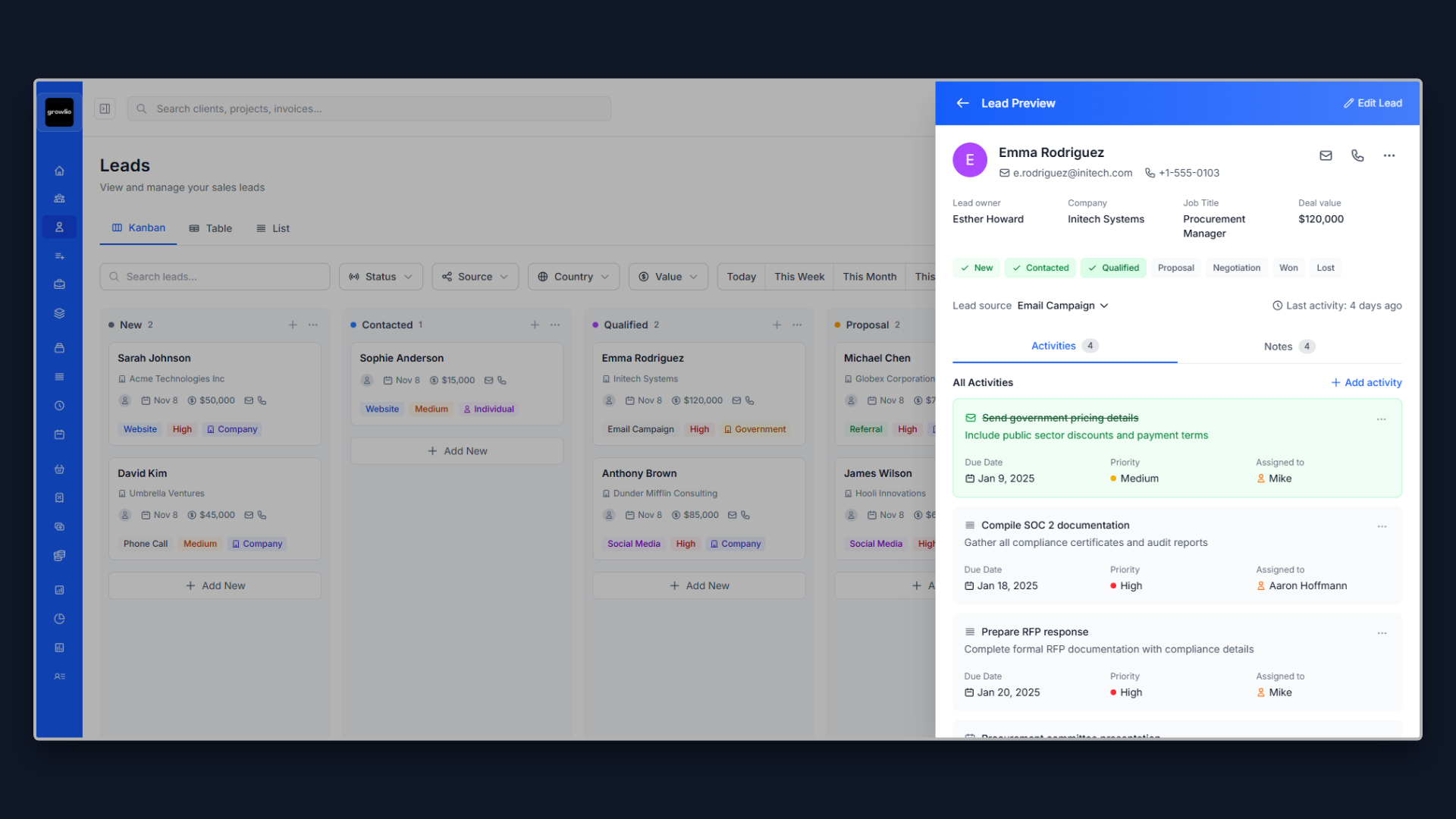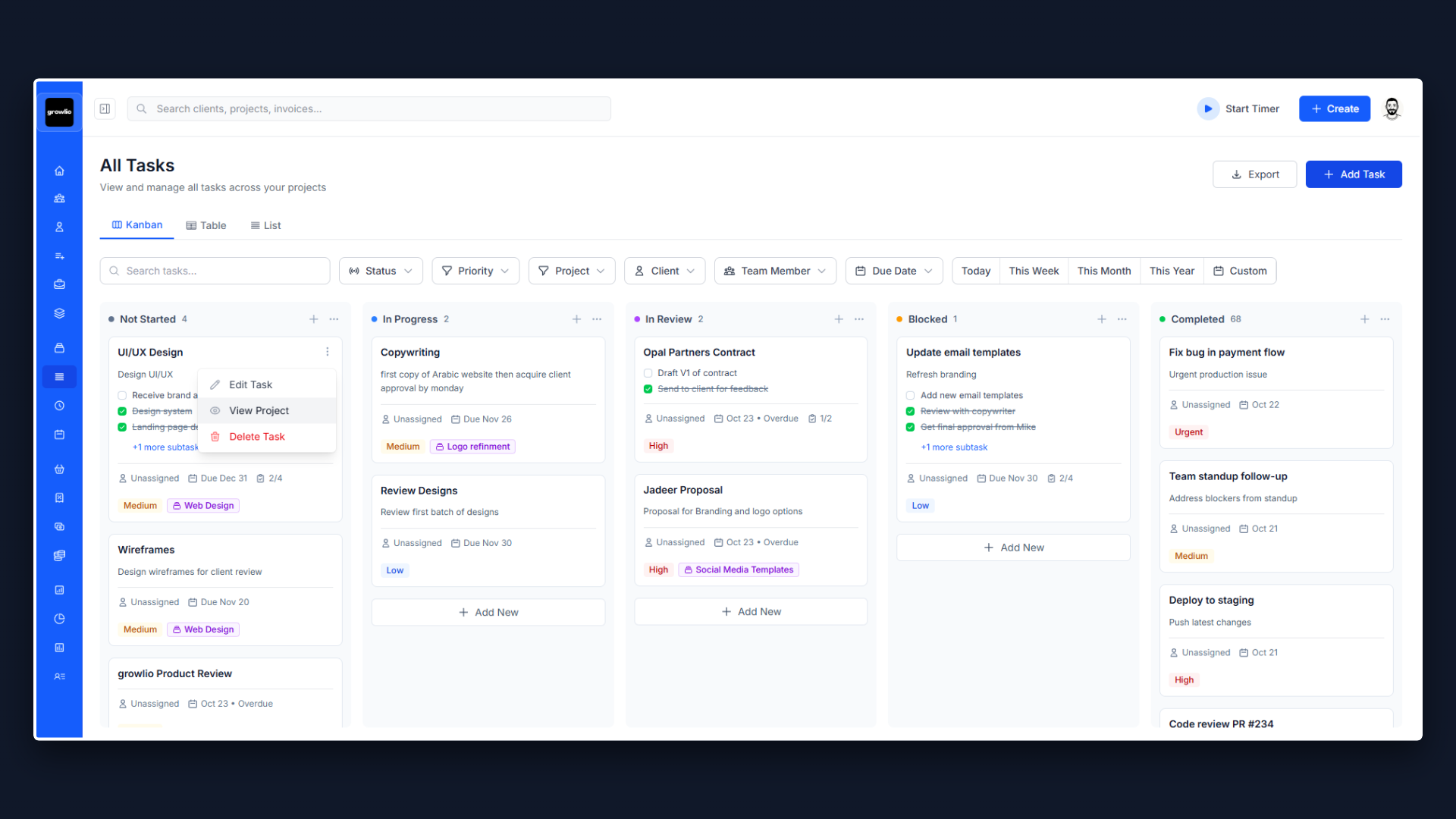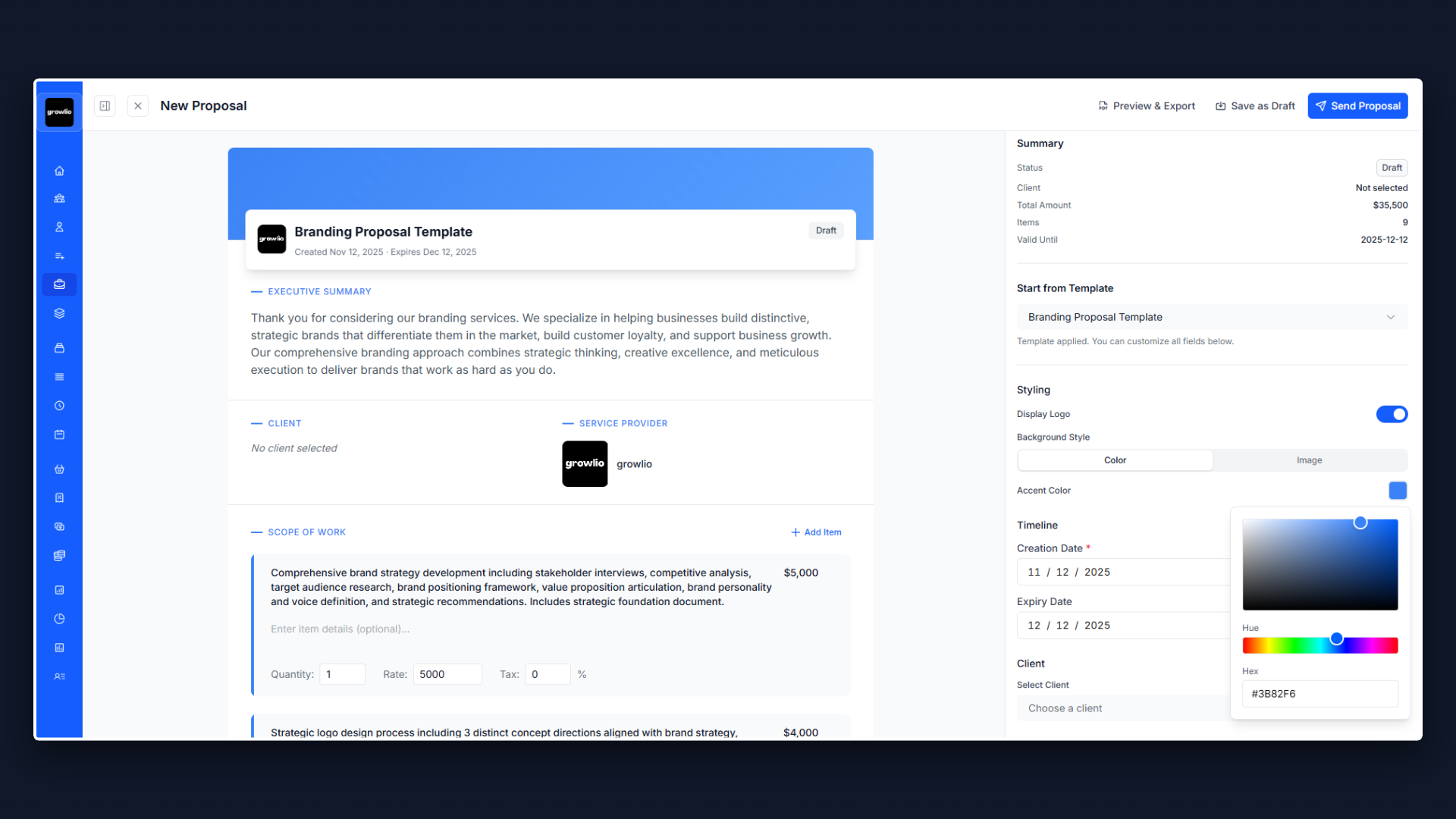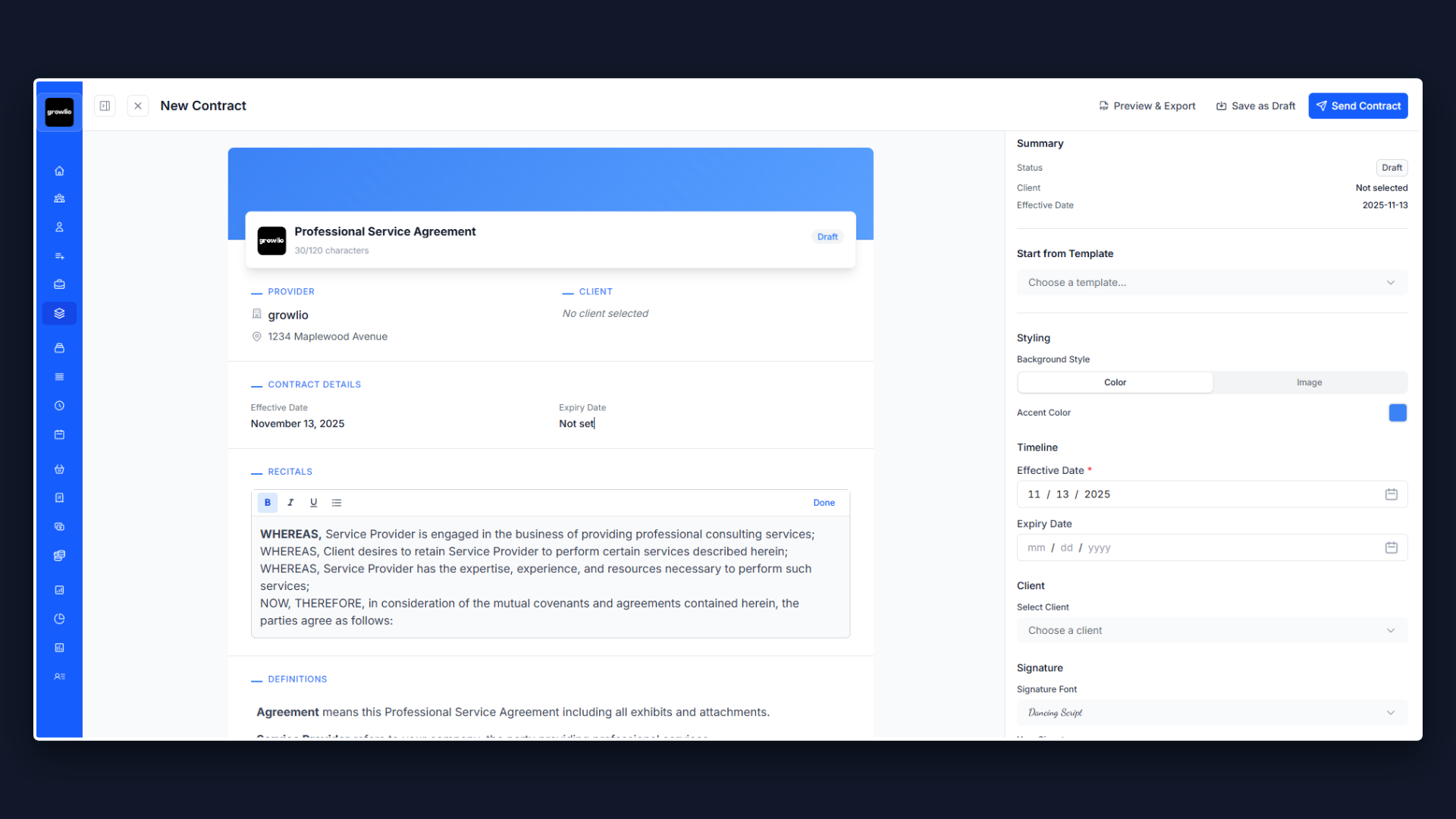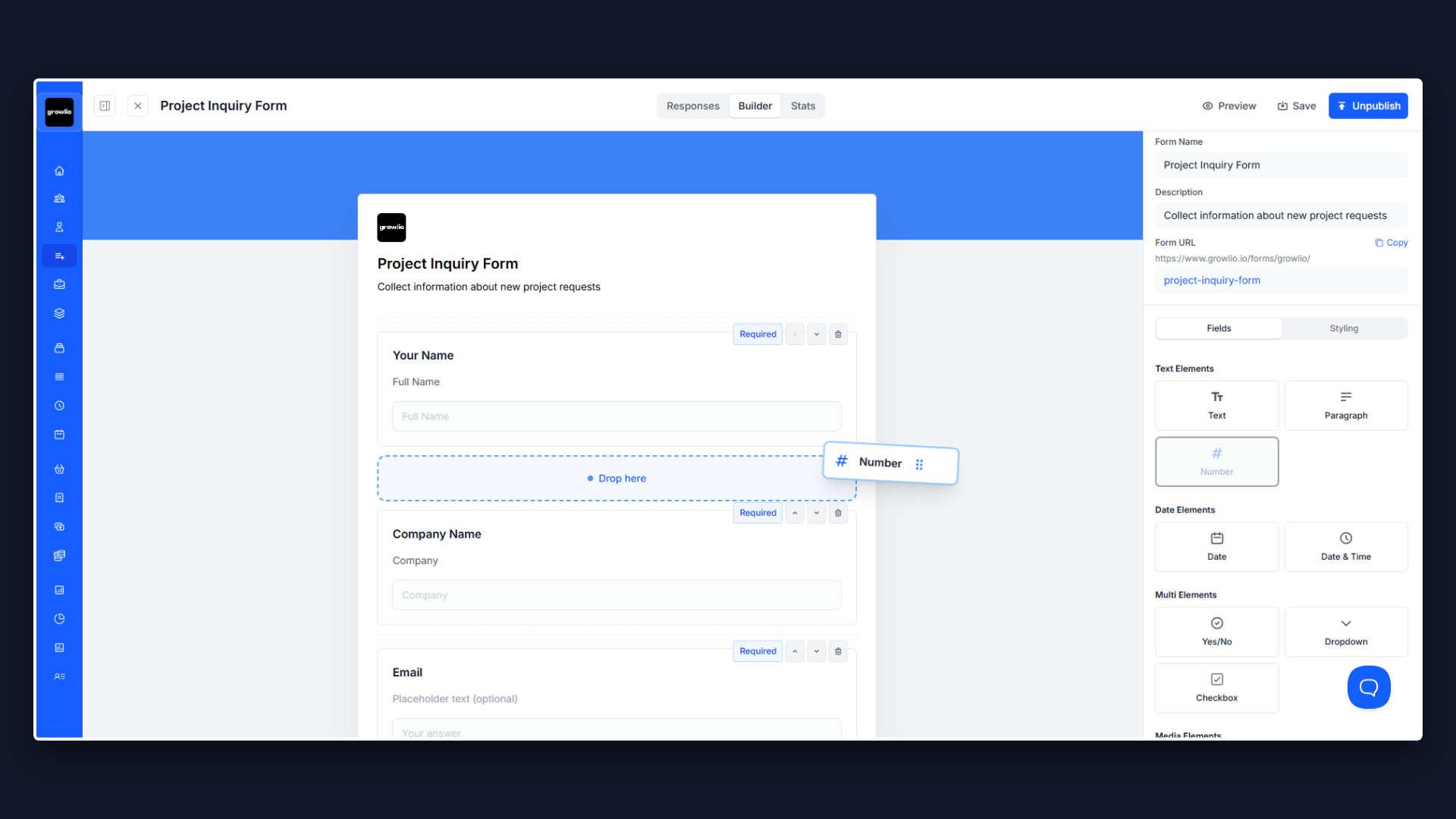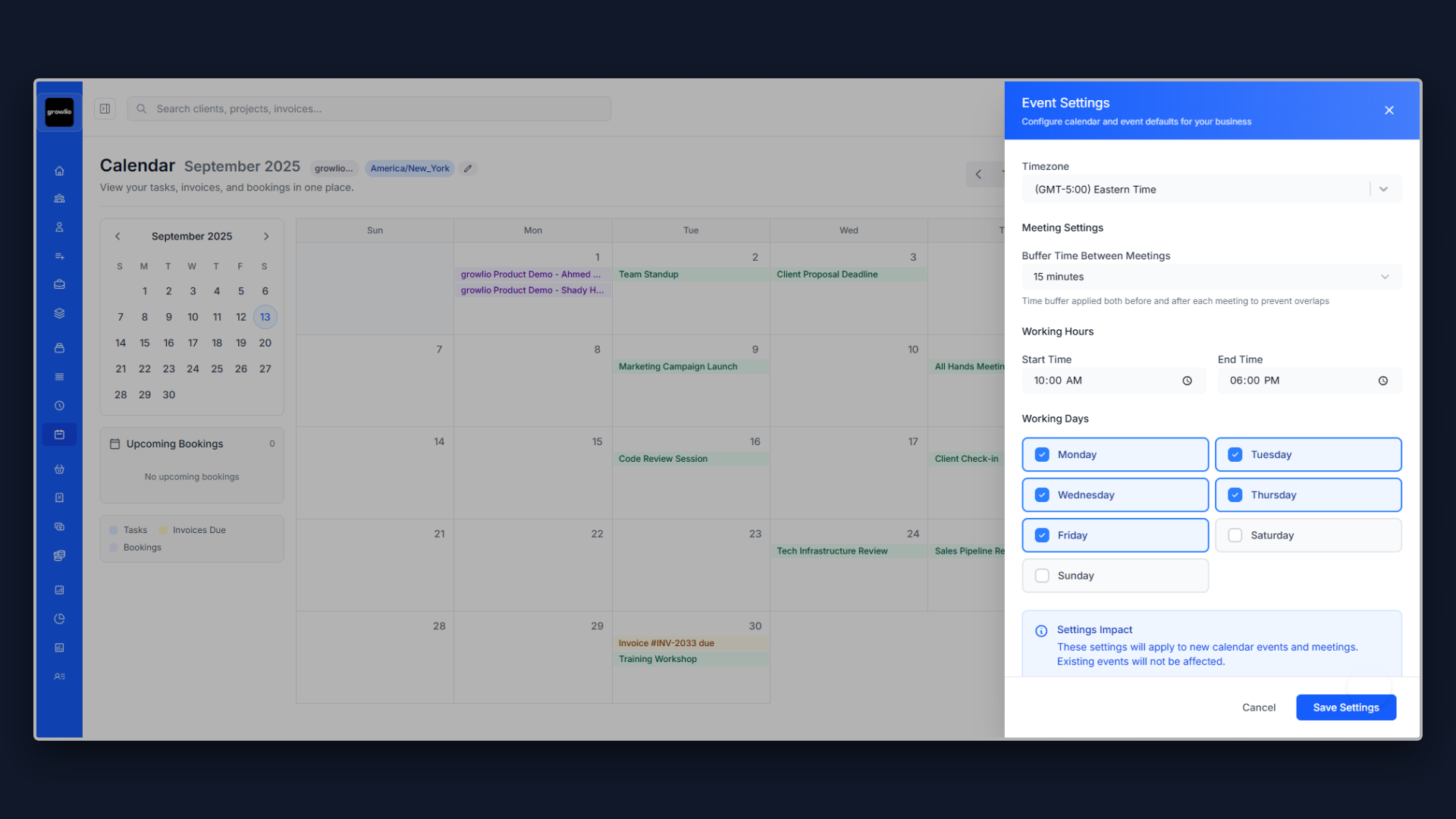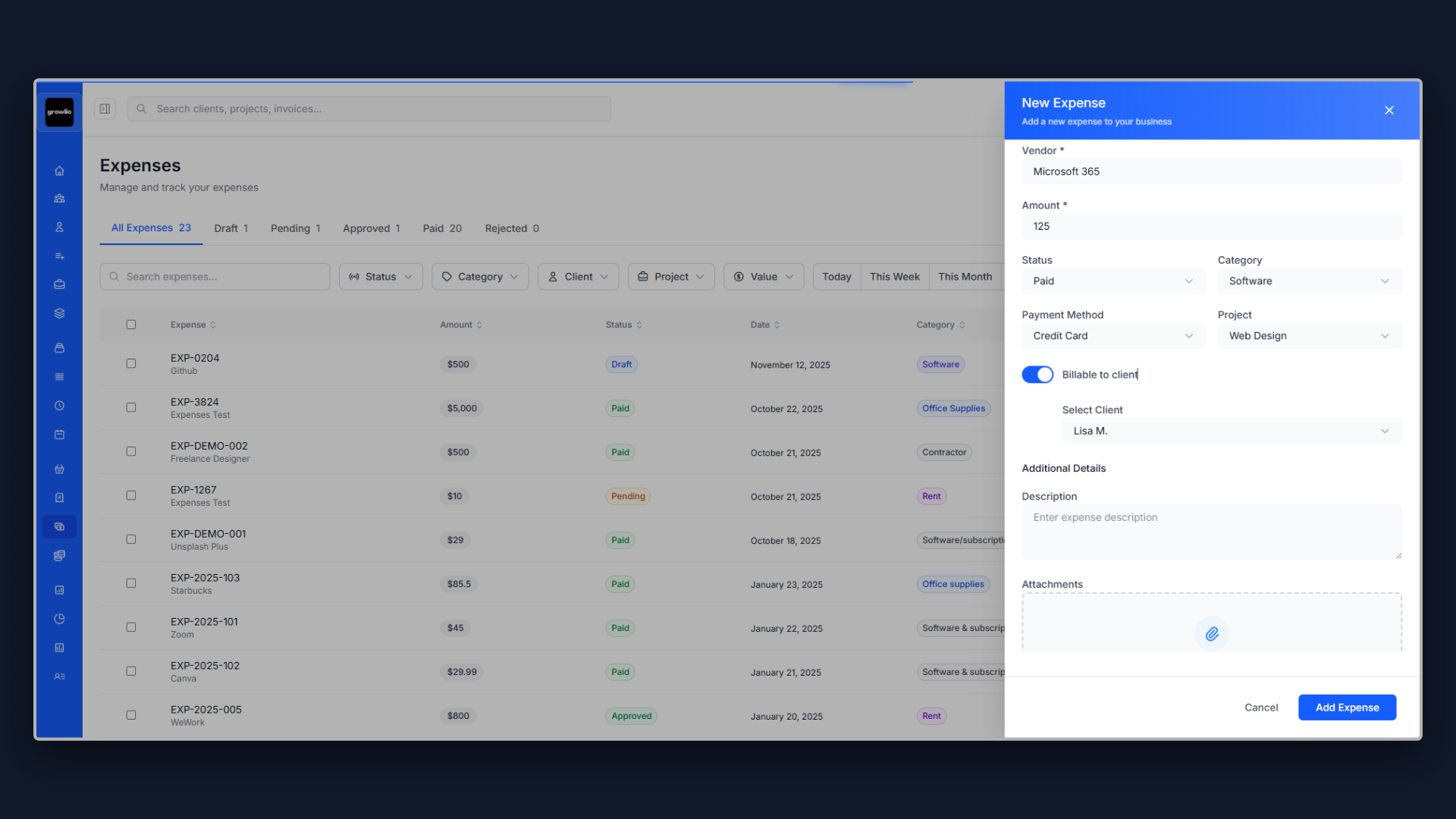1. Understanding Landscape Design Proposal Fundamentals
Landscape design proposals serve as the blueprint for transforming outdoor spaces into functional, beautiful environments. A well-crafted proposal demonstrates your understanding of the site conditions, client vision, and environmental considerations while clearly communicating your design approach, timeline, and investment required. For landscape designers, the proposal is often the first opportunity to showcase your expertise in plant knowledge, spatial design, sustainability practices, and project management. It sets expectations and builds confidence that you can deliver an outdoor space that enhances property value, usability, and aesthetic appeal.
2. Defining Project Scope and Design Services
Clearly articulating the scope prevents misunderstandings and ensures alignment on deliverables. Specify which areas of the property are included in the design (front yard, backyard, side yards, entry, specific garden beds), detail the level of service (design only, design and installation, or design with contractor coordination), outline how many design concepts and revisions are included, and establish boundaries around site preparation, irrigation systems, hardscape construction, and ongoing maintenance. Include details about property size, existing conditions, topography challenges, drainage issues, sun exposure, soil conditions, and any special requirements like native plantings, water conservation, or wildlife habitat creation.
3. Site Analysis and Assessment
Professional landscape design begins with thorough site analysis. Explain your process for assessing existing conditions including soil testing, drainage patterns, sun and shade mapping, views and focal points, existing vegetation to preserve or remove, utility locations, setback and easement restrictions, and microclimates. Discuss how you evaluate client needs including intended use (entertaining, play areas, vegetable gardens, privacy screening), maintenance preferences, aesthetic style, budget constraints, and long-term vision. This comprehensive assessment ensures your design is not just beautiful but also appropriate for the specific site conditions and client lifestyle.
4. Design Concept Development and Presentation
Describe your creative process and what deliverables clients can expect. Explain how you develop design concepts that address functional requirements while creating aesthetic appeal. Detail the presentation materials you provide: site plan showing layout of plantings, hardscape, and features; planting plan with specific plant selections, quantities, and placement; perspective sketches or 3D renderings visualizing key views; material samples for hardscape, edging, and other elements; and maintenance guidelines for the designed landscape. Clarify how many initial concepts you present, your revision process, and how you incorporate client feedback to refine the design. Strong presentation materials help clients visualize the transformation and make informed decisions.
5. Plant Selection and Horticultural Expertise
One of the most valuable aspects of working with a landscape designer is expert plant selection. Explain your approach to choosing plants that thrive in the specific site conditions, provide year-round interest, meet aesthetic goals, and align with maintenance preferences. Discuss how you consider mature size, bloom times, seasonal color, texture combinations, deer resistance, drought tolerance, native species benefits, and climate appropriateness. Address your knowledge of local growing conditions, hardiness zones, and sustainable planting practices. Clients hire landscape designers specifically for this horticultural expertise that prevents costly mistakes and ensures long-term landscape success.
6. Hardscape and Structural Elements
Many landscape projects include hardscape elements that provide structure and functionality. Discuss your approach to designing patios, walkways, retaining walls, edging, pergolas, arbors, water features, outdoor kitchens, fire pits, and other built elements. Explain how you select appropriate materials considering durability, aesthetics, budget, and site conditions. Address your process for creating construction drawings and specifications if needed, coordinating with contractors or masons, and ensuring proper installation. Clarify whether hardscape design and installation are included in your services or require separate contractors, and how you manage that coordination.
7. Sustainability and Environmental Considerations
Modern landscape design increasingly emphasizes sustainability and environmental stewardship. Describe your approach to water conservation through drought-tolerant plantings, efficient irrigation, rain gardens, or permeable paving. Discuss native plant incorporation to support pollinators and local ecosystems. Explain how you address stormwater management, soil health, organic practices, and reducing chemical inputs. If clients have specific sustainability goals like Sustainable Sites Initiative certification, wildlife habitat creation, or edible landscaping, explain your expertise and process. This demonstrates that your designs enhance not just property aesthetics but also environmental health.
8. Budget Development and Cost Transparency
Landscape projects involve both design fees and installation costs that can vary significantly. Clearly explain your fee structure (flat design fee, hourly rate, or percentage of installation cost), what is included in design services versus installation costs, and payment schedule tied to project phases. Provide realistic cost estimates for installation including plants, materials, labor, site preparation, irrigation, and contingency. Help clients understand cost drivers like mature plant size, hardscape materials, site accessibility, and soil amendments. Break down costs by project phase or area so clients can prioritize if budget adjustments are needed. Transparent budgeting prevents sticker shock and builds trust.
9. Project Timeline and Seasonal Considerations
Landscape projects are heavily influenced by seasons and weather. Provide a realistic timeline broken down by key phases: initial consultation and site assessment, design development and presentation, design refinement and approval, permitting if required (retaining walls, grading), installation preparation and site work, planting and hardscape installation, and establishment period with initial maintenance. Factor in optimal planting times for your region (spring and fall are typically best), weather dependencies, material lead times for custom elements, and contractor availability during peak season. Address how seasonal timing affects plant selection, installation approach, and project phasing. A detailed timeline with seasonal considerations demonstrates your expertise and sets realistic expectations.
10. Installation, Establishment, and Ongoing Care
The installation phase brings your design to life, but landscape establishment is an ongoing process. If you provide installation services, describe your process including site preparation, soil amendment, proper planting techniques, mulching, irrigation setup, and quality control. If working with contractors, explain your role in bid review, installation oversight, and quality verification. Discuss the establishment period during which new plantings require extra care, your recommendations for watering, fertilizing, and maintenance during this critical time, and whether you provide follow-up visits to monitor plant health. Address long-term maintenance expectations and whether you offer ongoing maintenance services, seasonal consultations, or referrals to qualified maintenance providers. Proper installation and establishment care ensure your design thrives for years to come.
